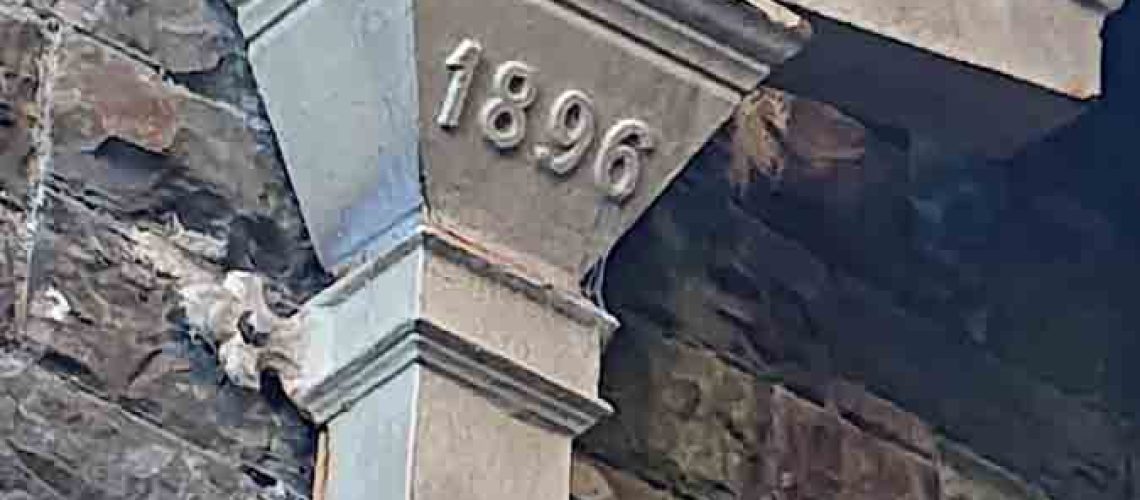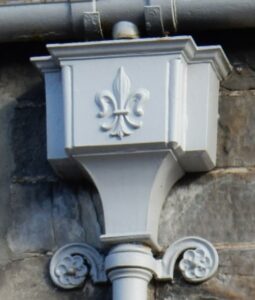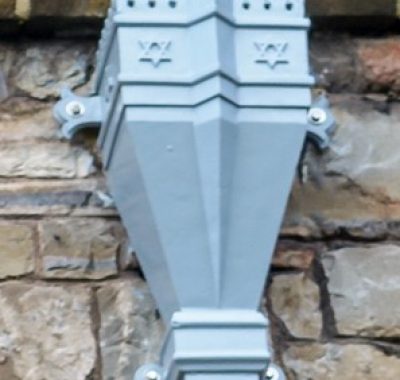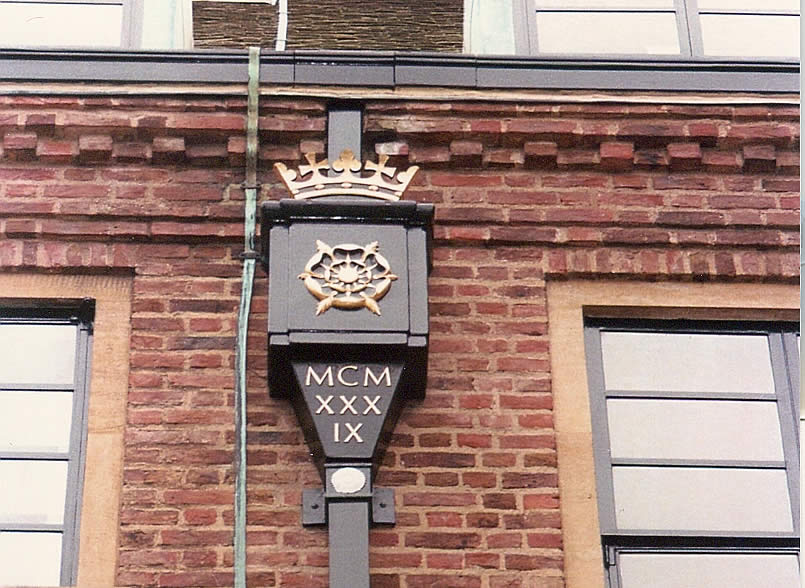


When we admire the intricate facades of British heritage buildings, it is easy to overlook the rainwater systems quietly serving their purpose high above street level. Among these components, rainwater hopper heads stand out—not just as conduits for drainage but as ornamental elements that narrate stories of craftsmanship, status, and architectural trends. These essential yet decorative features reached their peak in prominence during the Victorian and Edwardian eras, when they combined form with function in some of the most iconic structures of the time.
The Victorian era (1837–1901) witnessed a revolution in industrial manufacturing, making cast iron widely available and affordable. This development allowed architects and builders to incorporate elaborate detailing into even the most functional building elements. As a result, rainwater hopper heads evolved from simple boxes to intricate architectural embellishments.
Gothic Revival, Queen Anne, and Italianate styles—each popular during the Victorian period—found expression in these modest fixtures. Hopper heads featured designs such as acanthus leaves, fleur-de-lis, scrolls, and even full coats of arms. They often bore the construction year or the homeowner’s initials, turning a guttering accessory into a decorative property signature.
Hopper heads conveyed prestige in grand residences, civic buildings, and industrial complexes alike. They represented the owner’s attention to detail and appreciation of beauty and engineering.


The Edwardian era (1901–1910) retained many Victorian design sensibilities but leaned toward cleaner lines and more restrained decoration. Architectural movements during this time embraced classical motifs, symmetry, and proportion, which were reflected in hopper head designs.
Cast iron remained the material of choice, but the motifs became subtler. Swags, laurel wreaths, and oval medallions replaced the complex Gothic tracery of the previous generation. Nevertheless, hopper heads continued to serve as decorative markers, especially on homes and public buildings where craftsmanship remained a priority.
The Edwardian period also saw the increased use of standardisation, with foundries offering catalogues of hopper head styles for builders to select. This accessibility contributed to the widespread presence of beautifully crafted hopper heads across Britain.
One of the most fascinating aspects of historical hopper heads is their customisability. Unlike many building components, hopper heads frequently featured inscriptions or personalised elements.
Common embellishments included:
• Dates: Indicating the year of construction or a significant renovation.
• Initials: Often representing the original owner, architect, or builder.
• Family Crests or Symbols: Especially on estate homes, these added a heraldic touch.
This fusion of practical function and decorative pride added to the building’s identity. Today, these elements provide historians and conservationists with clues about the property’s origins and its occupants.

Over time, exposure to weather takes its toll on metalwork, and many historic hopper heads suffer from corrosion or structural damage. Preservation efforts involve careful restoration or the faithful reproduction of historical structures.
Restoration typically includes:
• Shot blasting: To remove rust and old layers of paint.
• Structural repair: Welding or patching weak areas.
• Protective recoating: Using weather-resistant historic paints to extend longevity.
When restoration is not feasible, skilled foundries create replicas by making moulds of the original hopper head. This ensures the replacement retains historical integrity and architectural harmony.
Heritage buildings, especially those listed or in conservation areas, often require traditional methods and materials. Cast iron remains a preferred choice due to its strength, authenticity, and period-appropriate appearance.

While their historical roots run deep, hopper heads are far from obsolete. There is a resurgence of interest in incorporating these architectural details in restoration projects and new builds designed with heritage aesthetics.
Modern hopper heads are now available in materials such as aluminium and ductile iron, offering lighter weights and enhanced corrosion resistance. However, many still opt for traditional cast iron due to its character and durability. Customisation options remain popular, with clients requesting bespoke designs that echo the past while meeting today’s standards.
This blend of old and new has made hopper heads an enduring architectural feature—a small yet powerful testament to the union of design, engineering, and legacy.
Beyond their visual appeal and historical value, hopper heads contribute to sustainable building practices. They facilitate efficient rainwater collection and can be integrated into water conservation systems, such as rainwater harvesting tanks.
Using long-lasting materials, such as cast iron, also reduces waste and the environmental impact associated with frequent replacements. Thus, hopper heads support both heritage preservation and ecological responsibility in their quiet way.
Rainwater hopper heads are a shining example of how even the most utilitarian elements of architecture can reflect artistry, identity, and innovation. These features encapsulate a unique facet of Britain’s built heritage, from the exuberance of Victorian times to the refinement of the Edwardian era.
At Tuscan Foundry Products, we honour this legacy through expert craftsmanship, traditional techniques, and an eye for historical authenticity. Whether you’re restoring a listed building or adding heritage charm to a new project, our bespoke rainwater systems ensure your architectural vision is both timeless and functional.
What is the primary function of a rainwater hopper head?
It collects rainwater from the roof gutters and directs it into the downpipes to prevent water damage.
Why were hopper heads elaborately decorated in the 19th century?
During the Victorian and Edwardian eras, they were both functional and decorative elements, reflecting architectural trends and personal or historical details.
Can damaged historical hopper heads be restored?
Yes. Techniques like shot blasting, welding, and recoating can restore many originals, while replicas can be cast if necessary.
Are traditional materials still used today?
Yes. Cast iron remains a preferred material, especially in heritage buildings, though aluminium is also used for its lighter weight.
Can I customise a hopper head for a new project?
Absolutely. Many foundries offer custom designs, including initials, dates, or motifs that align with your building’s style.
Are hopper heads sustainable?
Yes. They support rainwater harvesting, and their durable materials reduce long-term environmental impact.
Are hopper heads protected in listed buildings?
Often, yes. Listed status or conservation guidelines may require using traditional materials and methods for repairs or replacements.